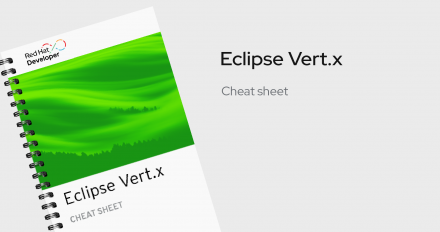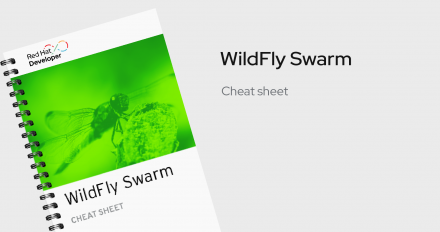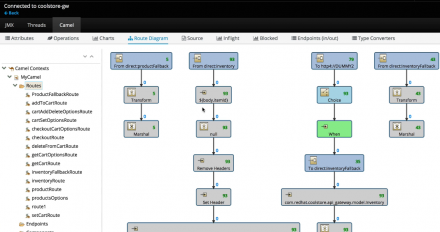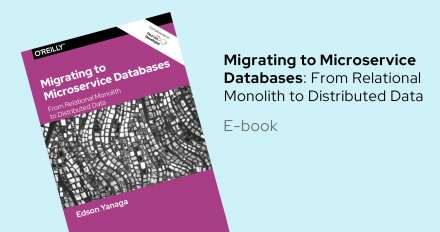
JBoss Tools and Red Hat Developer Studio Maintenance Release for Eclipse Neon.3










Want to get rid of your monolithic enterprise applications or not create new ones? Reactive design can help.






Eclipse Vert.x applications are fast, responsive, resilient and elastic. Here are step-by-step details to create them.

In this cheat sheet, learn how to develop a WildFly Swarm application, including how to customize the runtime and configure a WildFly Swarm application.




Learn nine different strategies for integrating data from your monolithic application to a microservice architecture.



